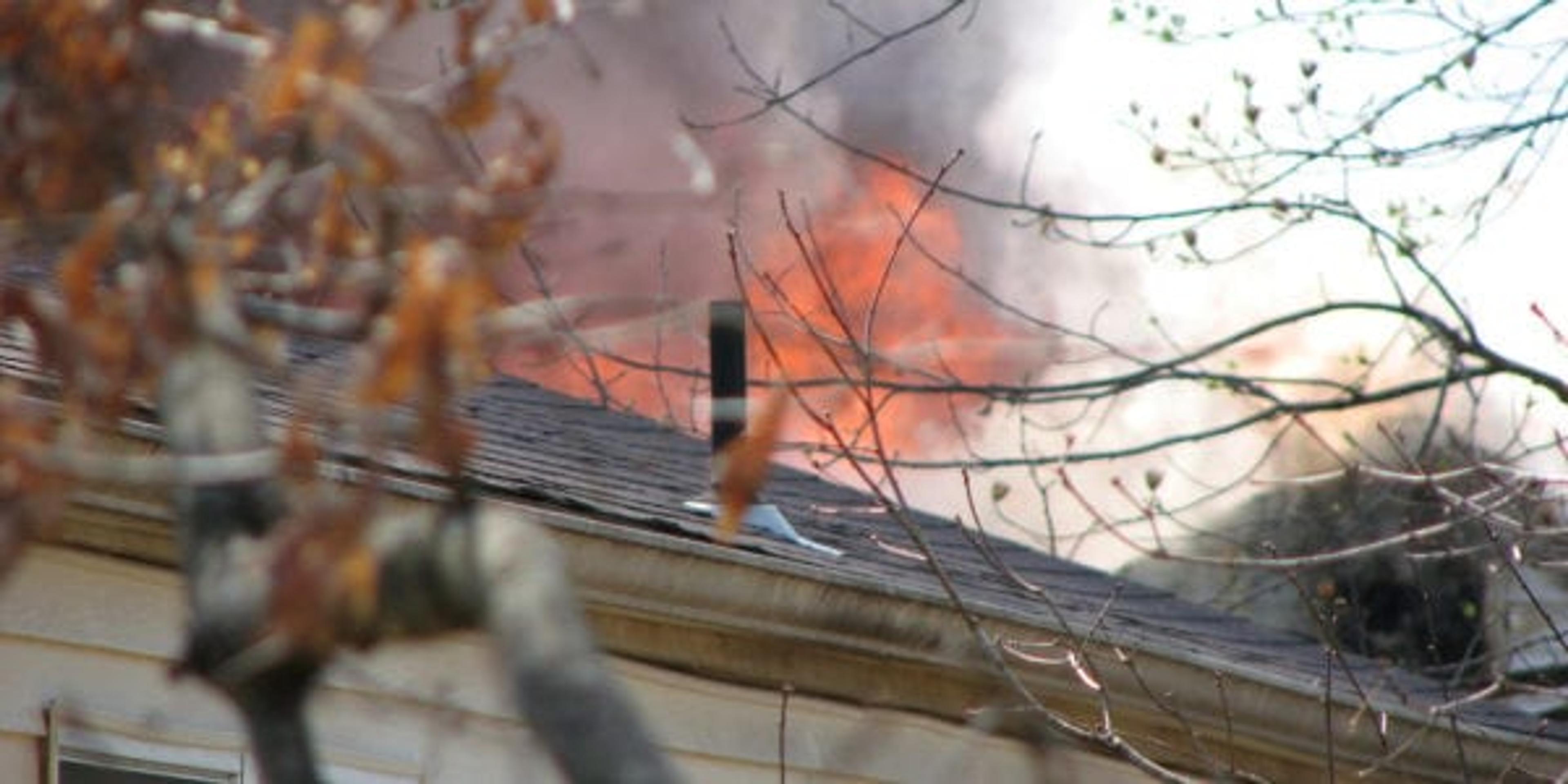Smoke Alarms Save Lives: Fire Officials Working to Install More in Michigan

Julie Bitely
| 4 min read

In the first two months of 2014, eight people lost their lives to house fires in Muskegon County.
Ted Karnitz is the fire marshal for the Norton Shores Fire Department. He said when firefighters know someone is still inside a burning building, they’ll do everything they can to rescue them. When they can’t, it can be emotionally devastating.
“It’s hard,” he said. “It does weigh extremely heavy on fire fighters.”
Karnitz has led Muskegon County to embrace a movement that places more emphasis on preventing those house fires in the first place, through stepped up educational efforts and the distribution and installation of smoke alarms and carbon monoxide detectors.
Through the Operation Save a Life program, Muskegon County has been able to install about 2,000 alarms in homes. Fire deaths in the county have dropped 62 percent in the 14-county West Michigan area Operation Save a Life serves, of which Muskegon County was the hardest hit.
“We’ve had no accidental fire deaths this year in Muskegon County,” Karnitz said.
Across the state, 105 people died in house fires in 2015. Some of those homes didn’t have working alarms and in some cases, didn’t have an adequate number installed to alert residents.
Michael McLeieer founded E.S.C.A.P.E. Fire & Safety in 1995 and brought Operation Save a Life to West Michigan through his job at WOTV 4 in Grand Rapids. He serves as the local program coordinator. He said there’s a 50 percent greater chance of someone dying in a house fire without a working smoke alarm.
So far this year, 70 fire deaths have been reported in the state, ranking Michigan seventh in the nation for the number of fatalities in 2016.
McLeieer said Operation Save a Life is approaching the 50,000-mark in terms of smoke alarms installed in the 14-county region in West Michigan with access. He’s working to push the idea of the program statewide, offering free smoke alarms through Operation Save a Life or a developing program called Making Michigan S.A.F.E., which stands for Smoke Alarms for Everyone.
As more and more homes are properly equipped with smoke alarms, McLeieer hopes to expand outreach to include better educational materials that can help families prepare for fire and other home safety emergencies.
“We take this very seriously,” he said.
Is your family equipped in case of a fire emergency? Here are a few tips from Karnitz to keep in mind:
- Check the number of alarms in your home. Ideally, every home would have a smoke alarm installed in every sleeping area, outside the sleeping areas and on every level.
- Check the age of your alarms. Smoke alarms and carbon monoxide detectors tend to have a viable shelf-life of 10 years. Most newer models will have a manufacture date somewhere on the device. If you don’t see one, it’s probably time to install new alarms.
- Talk to your kids about what to do in case of a fire. Kids under the age of 10 are particularly vulnerable. Plan escape routes for each family member and practice them, identifying a safe space to meet outside. Since many fatal fires happen in the evening, it’s a good idea to practice in the dark.
- Check alarms for the elderly. Seniors are also vulnerable. If you have an elderly loved one or neighbor, offer to check their alarms, installing or replacing as necessary. “Because smoke alarms are on a ceiling, older people sometimes have difficulty checking them,” Karnitz said.
If you live in West Michigan, you can reach Operation Save a Life about having alarms installed by emailing [email protected] or calling 844-978-4400. McLeieer is the person who answers both and said he’d be happy to take calls from elsewhere in the state to direct people to the proper fire department or other partners such as the American Red Cross, who can help. You can also directly contact your city or fire department to see if local resources are available.
If you liked this post, you might also be interested in reading:
Photo credit: Marc Gallant





